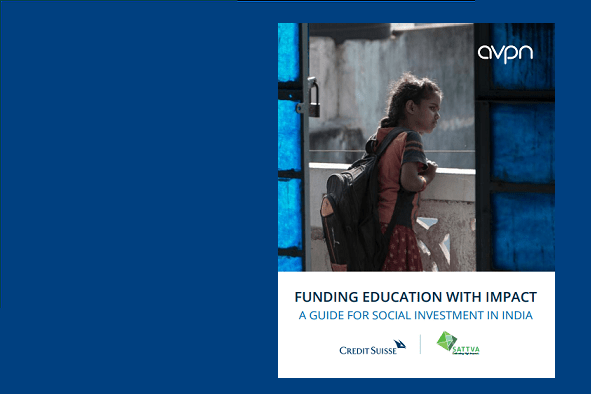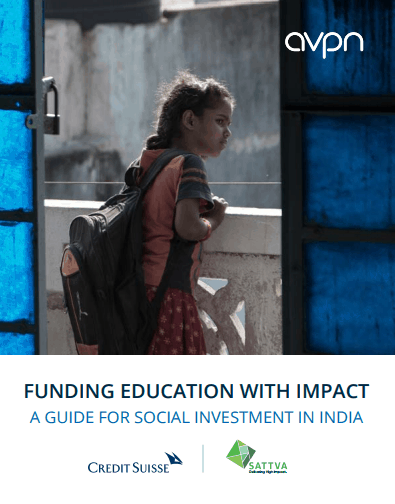About the report:
This Funding Education with Impact report examines gaps, interventions and the funding landscape across different education segments and age groups in India. Running the spectrum from Early Childhood Education (ECE) through to vocational education and also covering inclusive education, it identifies gaps and showcases existing interventions as well as provides recommendations and suggested approaches to existing and prospective funders.
Click image to download report
Key Highlights:
Gaps and Trends in the Indian Education Sector
- Access to education has not been equitable
- Privatisation is on the rise across education segments
- Attainment is a significant concern in both government and private schools
- Completion of vocational education programmes has not translated to enhanced employability for students.
- Acute shortage of qualified teachers affects delivery quality
- Life skills have not been given due attention
- Ecosystem-level interventions have been implemented in pockets
Landscape of Education Funding in India
- Government spending at 2.7% of GDP is insufficient to meet the demand for quality education
- Education has been one of the most invested causes in India by funders across the spectrum:
- Education remains a popular cause among HNWIs and philanthropic foundations
- CSR funding has been significant, especially in primary and secondary education
- Impact investment shows promise but is primarily focused on technology interventions
Recommendations
- Five areas stand out from the research as recommended intervention areas:
- Ecosystem funding is key to transformation
- Investment in standards and benchmarks
- Investment in building the capacity of SPOs
- Partnerships with other stakeholders
‘Insights into Funding for Impact’ Video Series


















